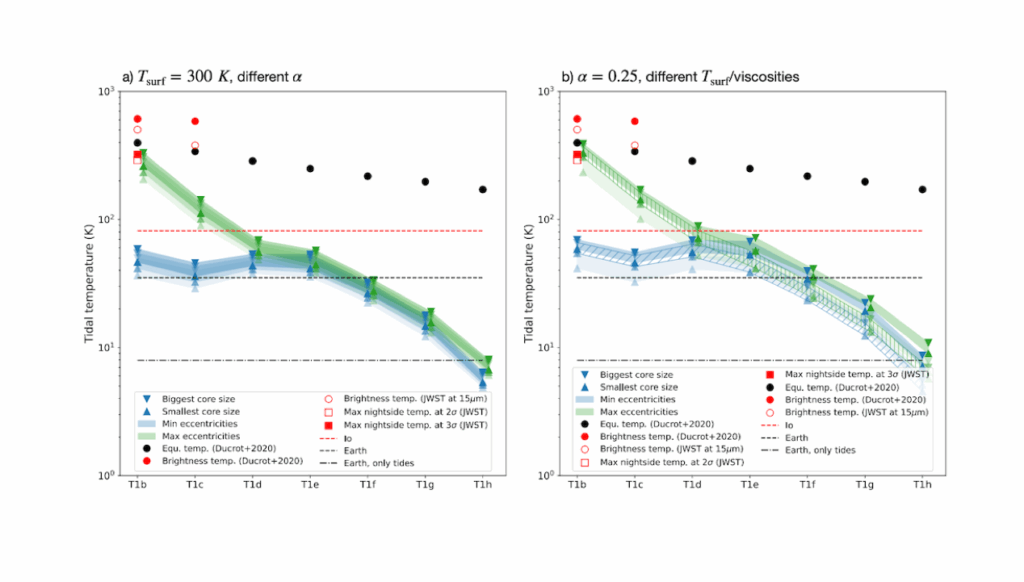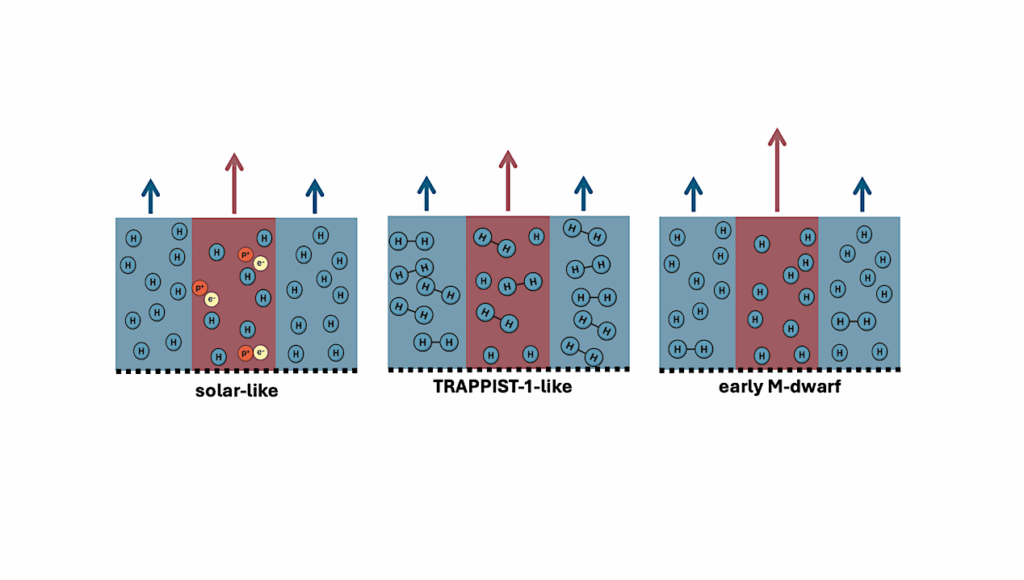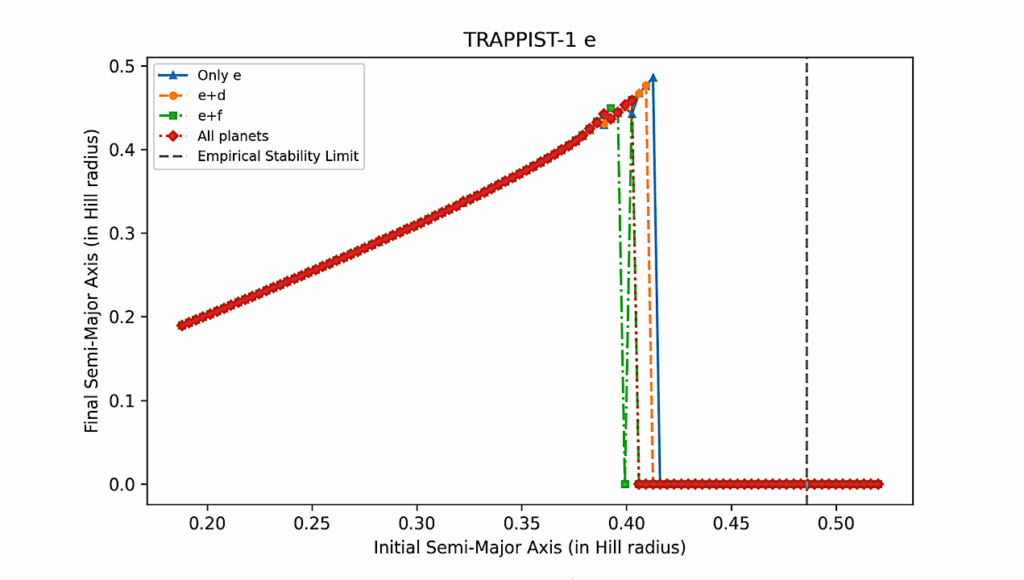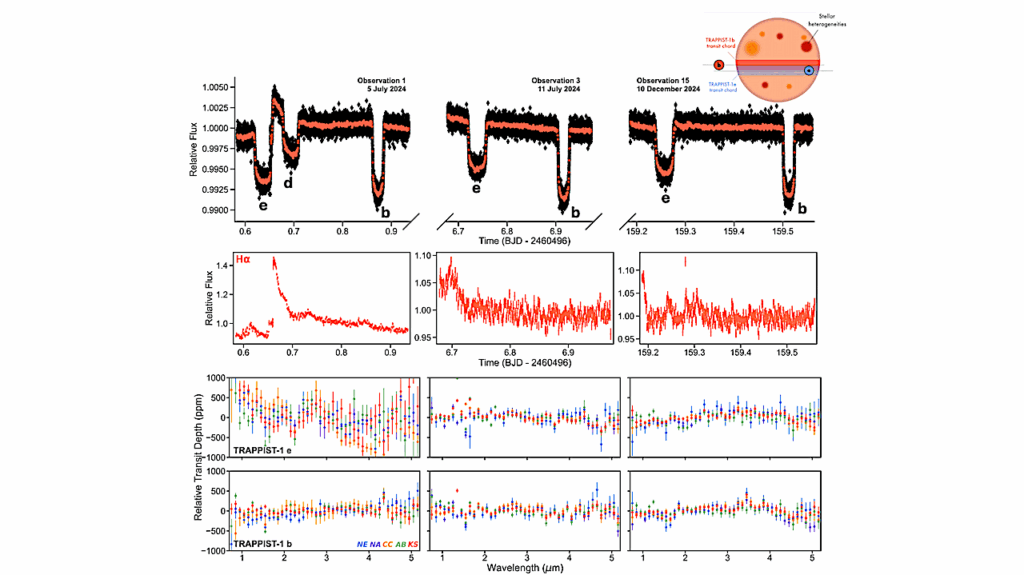Detectability of Molecular Signatures on TRAPPIST-1e through Transmission Spectroscopy Simulated for Future Space-Based Observatories

As discoveries of terrestrial, Earth-sized exoplanets that lie within the habitable zone of their host stars continue to occur at increasing rates, efforts have began to shift from the detection of these worlds to the characterization of their atmospheres through transit spectroscopy.
While the detection of molecular signatures can provide an indication of the presence of an atmosphere, Earth-like exoplanets create an exciting opportunity to further characterize these atmospheres by searching for biosignatures that may indicate evidence of past or present life. To date, detection methods have focused on promising targets that orbit M-dwarf stars, such as TRAPPIST-1e, that have a rocky composition and lie within the habitable zone of their host star. While JWST will provide new insights on the atmospheric compositions of these exoplanets, terrestrial planets that fall in the habitable zone of close-in systems will continue to pose challenges in spectroscopy.
Herein, we use a Global Climate Model (GCM), a photochemical model, and a radiative transfer suite to simulate an atmosphere on TRAPPIST-1e that assumes the boundary conditions of modern Earth. The detectability of biosignatures on such an atmosphere via transmission spectroscopy is modeled for JWST, where mission concepts such as LUVOIR, HabEx, and Origins are used to compare potential capabilities for the distant future. Despite the drastic increase of aperture size and instrument sensitivity for future observatories, we show that only CO2 would be detectable in transmission spectroscopy for such an atmosphere on these planets, as the presence of clouds and their impacts on scale height strongly limits their molecular detectability. In such a case, the synergy between space- and ground-based spectroscopy may be essential in order to overcome these difficulties.
Daria Pidhorodetska, Thomas Fauchez, Geronimo Villanueva, Shawn Domagal-Goldman
(Submitted on 6 Jan 2020)
Subjects: Earth and Planetary Astrophysics (astro-ph.EP)
Cite as: arXiv:2001.01338 [astro-ph.EP] (or arXiv:2001.01338v1 [astro-ph.EP] for this version)
Submission history
From: Daria Pidhorodetska
[v1] Mon, 6 Jan 2020 00:05:18 UTC (2,410 KB)
https://arxiv.org/abs/2001.01338
Astrobiology








